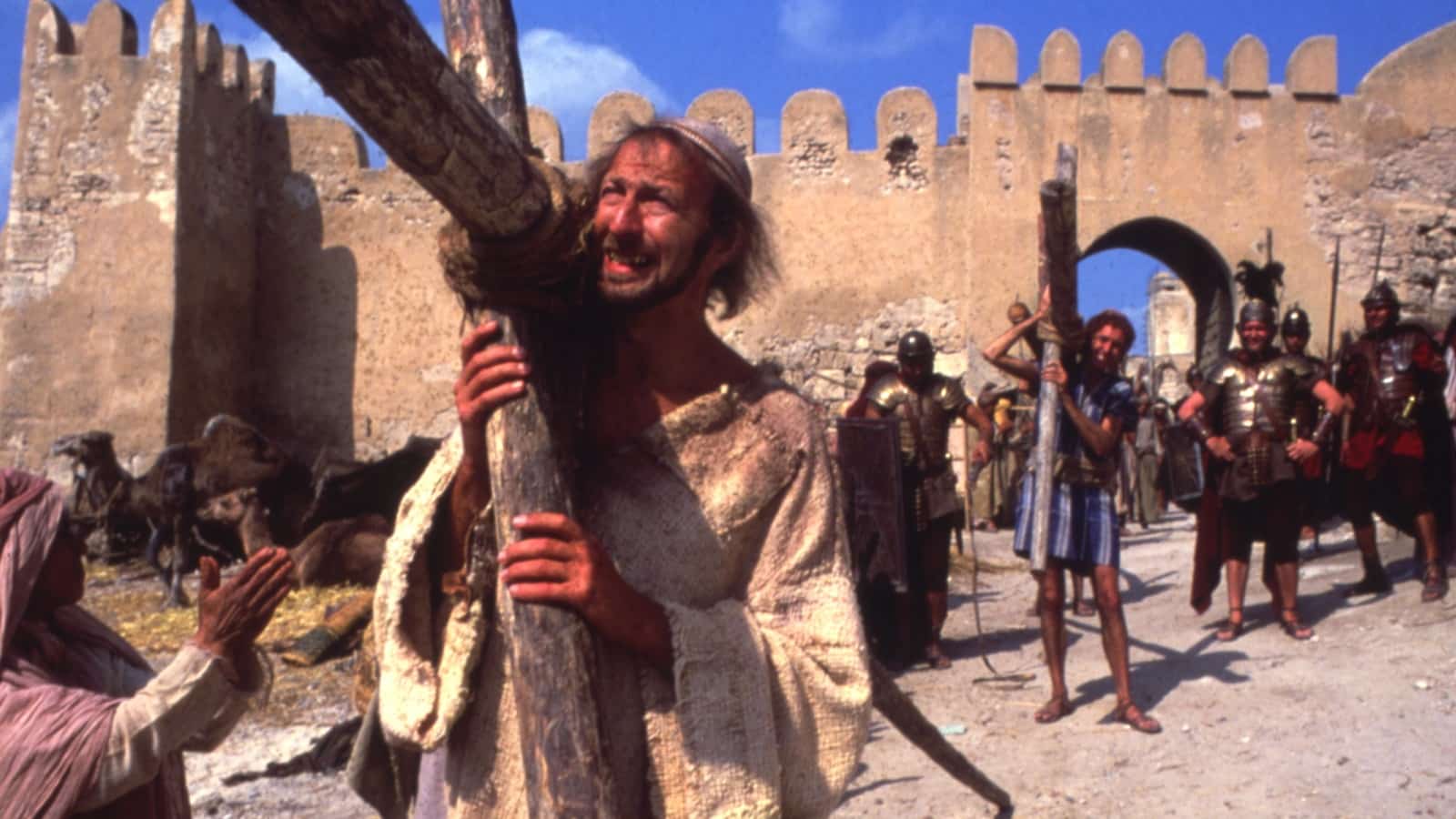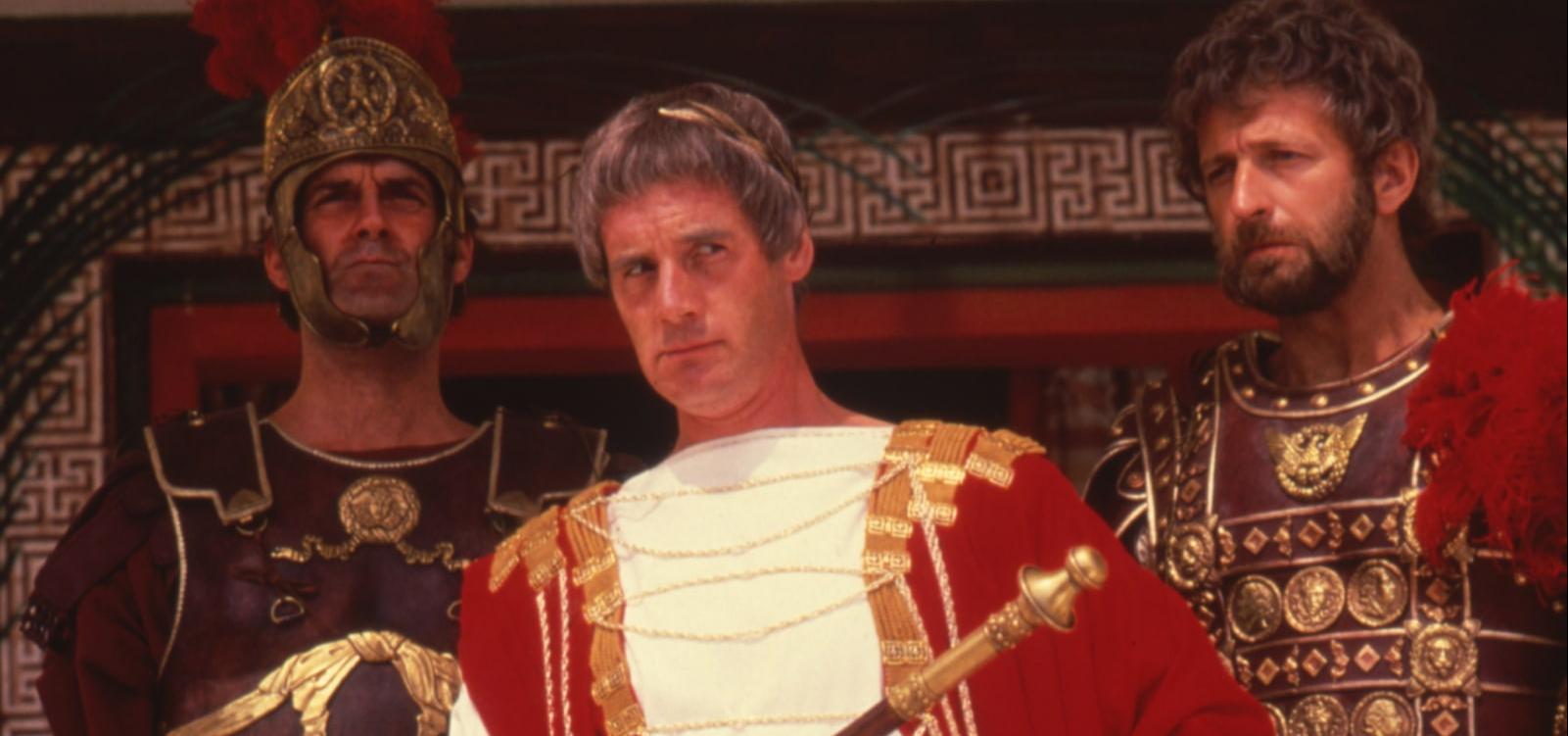
I’ve seen things you people wouldn’t believe. Coming in at number 1 and topping the chart is Ridley Scott’s 1982 Sci-Fi masterpiece that is Blade Runner. Adapted from the book Do Androids Dream Of Electric Sheep by Philip K Dick, we follow the tale of Rick Deckard (Harrison Ford), an ex police officer who is roped backed in by his old supervisor Bryant, to take up his old role as a Blade Runner, responsible for tracking down bioengineered humans, better known as Replicants and retire (kill) them. Four of the replicants (Roy, Leon, Zhora and Pris) have entered Earth from Mars, one was apprehended and subjected to a Voight-Kampff test, designed as such to tell a human from a replicant by judging their emotional responses. Holden, a fellow Blade Runner, had been conducting the test, when the re replicant, Leon, pulls a gun and shoots him. Bryant tells Deckard, these replicant variants are the Nexus-6, the latest design. Deckard heads over to the Tyrell Corporation to meet CEO Eldon Tyrell, who asks him to perform a Voight-Kampff test on one of his assistants Rachel, purely so that he can see if the test fails. Deckard tests Rachel, and after a longer than usual test, he determines she is a replicant who believes she is human. Tyrell confirms this and advises they have implanted memories in her programming to create an emotional cushion.
Deckard investigates Leon’s hotel room finding pictures and a synthetic snake scale. Roy and Leon visit an eye manufacturing plant for replicants and learn of a man called J F Sebastian, who due to his excellence in genetic design, works closely with Tyrell. Deckard returns home to find Rachel there. She tries to prove to him that she is human, but he tells her about the implanted memories causing her to become upset and leave. Pris tracks down Sebastian and gains his trust so that Roy can get access to Tyrell. Deckard tracks down Zhora, and after a confrontation, kills her. With new orders given to eliminate Rachel too, he sees her but is set upon by Leon. Before Leon can kill him, Rachel shoots Leon, killing him. Deckard promises not to kill Rachel, when she tries to leave, he forcibly makes her stay to which she ultimately relents. Roy tells Pris that they are the only two left and that due to their four year life span, their lives will soon be over. He gains access to Tyrell’s penthouse through Sebastian, and after demanding that he be given more life, which Tyrell advises is impossible, he kills Tyrell and subsequently Sebastian.
Deckard heads to Sebastian’s apartment after learning of the death, killing Pris after she ambushes him, just as Roy returns. He proceeds to hunt chase Deckard down through the building, despite his body starting to fail on him. It leads to a confrontation atop the building and one of the most fantastic monologues in film.

Why do I love this movie so much it obtains the number one spot? Let me count the ways. For one, the visual design is superb, a future dystopia, built up in neon and lights that does seem at times how it is these days. The actors are superb, Ford as the gruff Deckard, pulled back in for a job he walked away from. Working his way through the clues to try and track down the replicants is great to watch as the pieces start to slowly come together. Rutger Hauer is superb as Roy, exuding a brooding menace, but also a supreme intelligence that he demonstrates when he’s speaking. His confrontation with Tyrell, building fury as he decries how he cannot live longer than the allotted four years, to his beautiful monologue to Deckard at the films end, make for captivating viewing and listening. Sean Young brings an innocent nature to Rachel, who yearns to be human, as the memories implanted take a hold.
When it was released, it was not a financial success, coming out at the same time as E.T. which raked in big money. It also baffled some critics, some praised it, others criticized it for being slowly paced. Another point about this film is that there are multiple versions of it. The initial release had a “happy ending” tacked on to appease test audiences (this uses interspersed shots from Stanley Kubricks unused footage for The Shining) which when viewed today does suit the narrative. In 1992, The Directors cut was released which removed the happy ending along with several voiceovers from Deckard and also the inclusion of the Unicorn dream sequence. This was then followed by the Final Cut in 2007, which extended the dream sequence and restored several cuts from the U.S. version that had remained in international cuts, mainly violently inclined ones. There are several other versions as well, all with varying cuts/additions made over the years. Ultimately, it’s up to you what version you watch, (I have them all, when they released a box set comprising of them all and the Dangerous Days documentary of the making of the film.
The soundtrack was created by Vangelis, layering beautiful electronica with elements of jazz, neo-noir style film music but also flourishes of Middle Eastern thrown in. It swells with emotion and when added to the visual shots, brings it all together in a combination of mediums.
One question that has arisen since the release of the film is whether Deckard himself is a replicant. Opinions differ on this one, Harrison Ford wanted him to be human, Ridley Scott said he was a replicant. One strong view taken of this is the Unicorn dream, where combined with the origami unicorn left by Gaff outside Deckard’s apartment, has lead some people to argue that he is a replicant as Gaff has found the implanted memories and is playing them, whilst other people believe that because it is a dream, it is something that is a shared affinity. the film does leave it ambiguous and no clear definition is stated. It your own choice to make, I believe he’s a human, after all, in the book, he is too, but does question his humanity. Again, the film is a different adaptation of the book, but the core is there. It is well worth reading as well to delve further into the universe, along with the sequel, Blade Runner 2049, which was released in 2017 to critical praise but not making a lot of money by budgetary standards. It is also well worth your time.
So with that we reach the end of our journey, it’s been a long trek from number 100 to number 1, but it is one that I have enjoyed curating for you, and I hope you’ve enjoyed reading/following along with my list. I shall return with more works soon, I cam currently contemplating a new list, shorter this time, of films I have seen, that I consider amongst the worst things committed to film, along with picking some random films from my collection and sharing some insights on why I like them.
Anyways, until then…
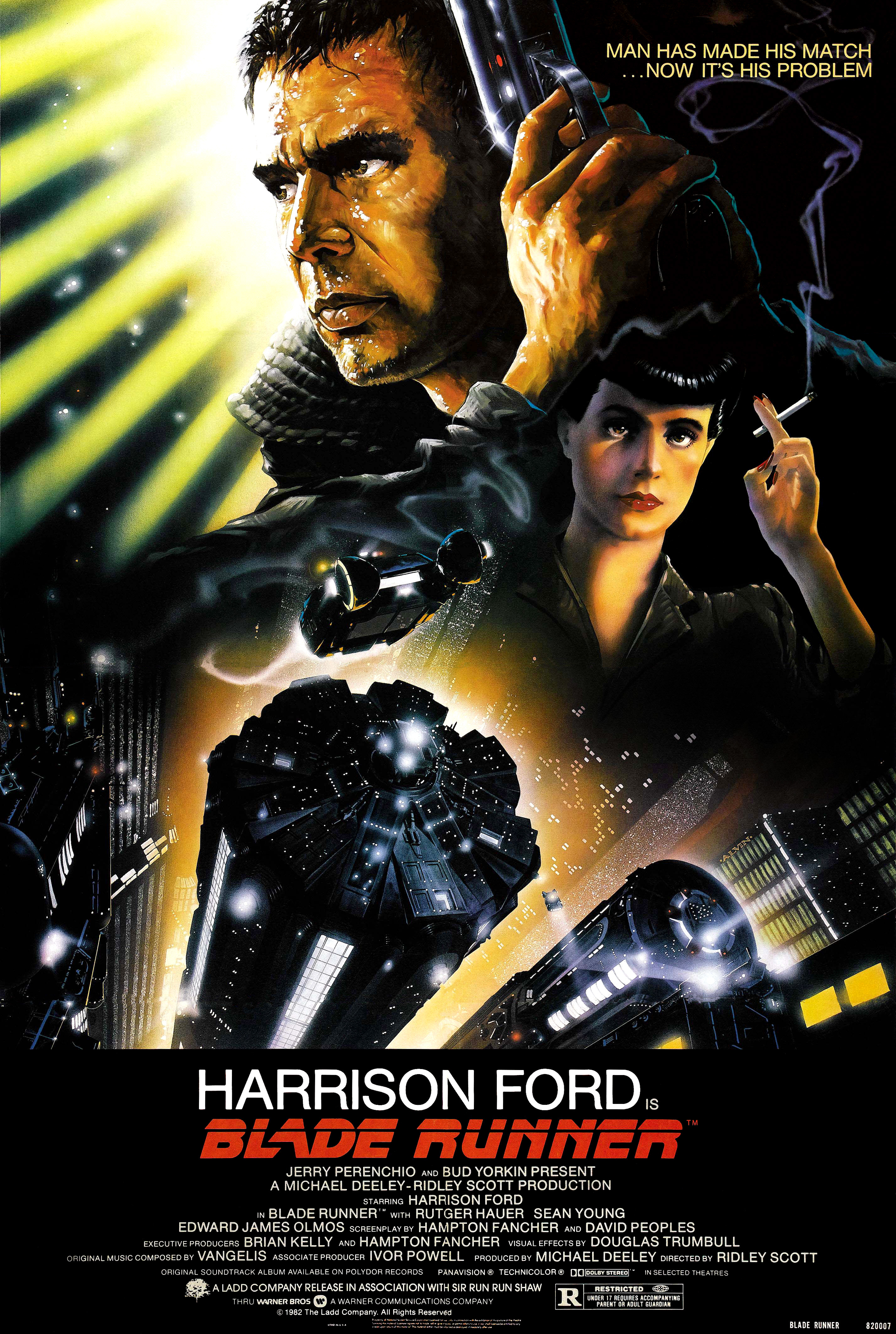

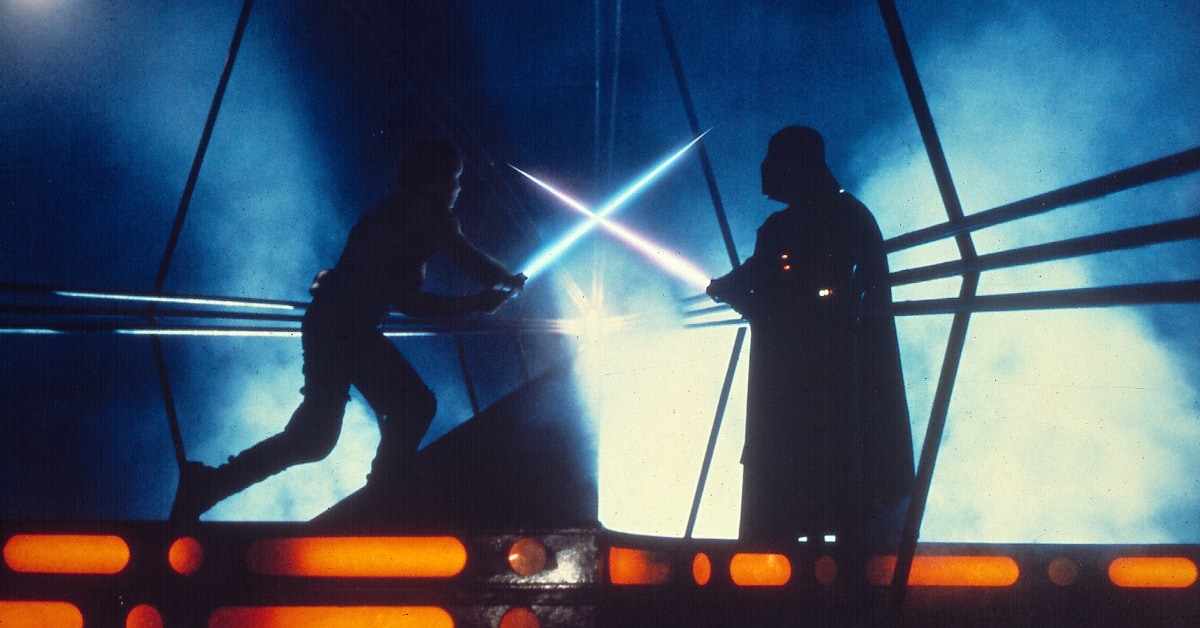
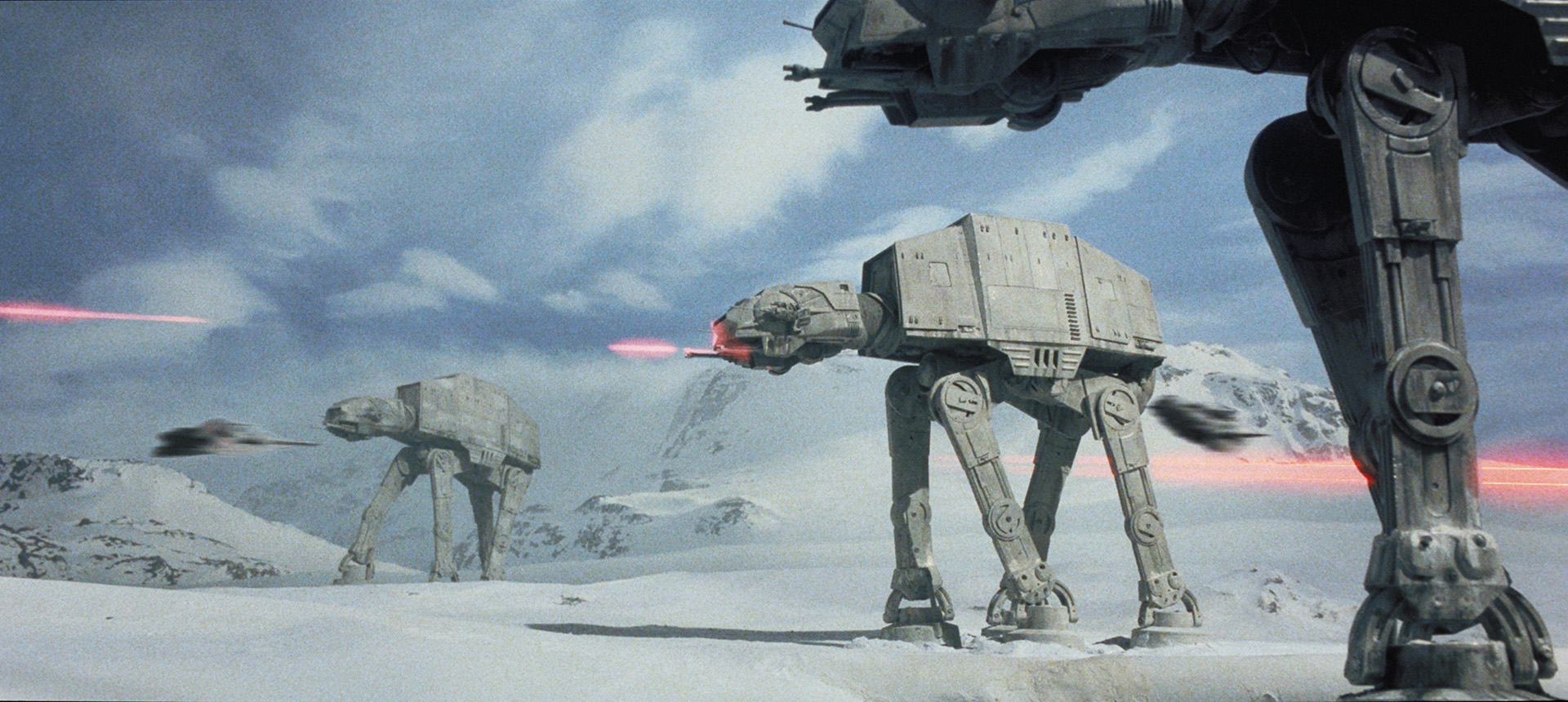

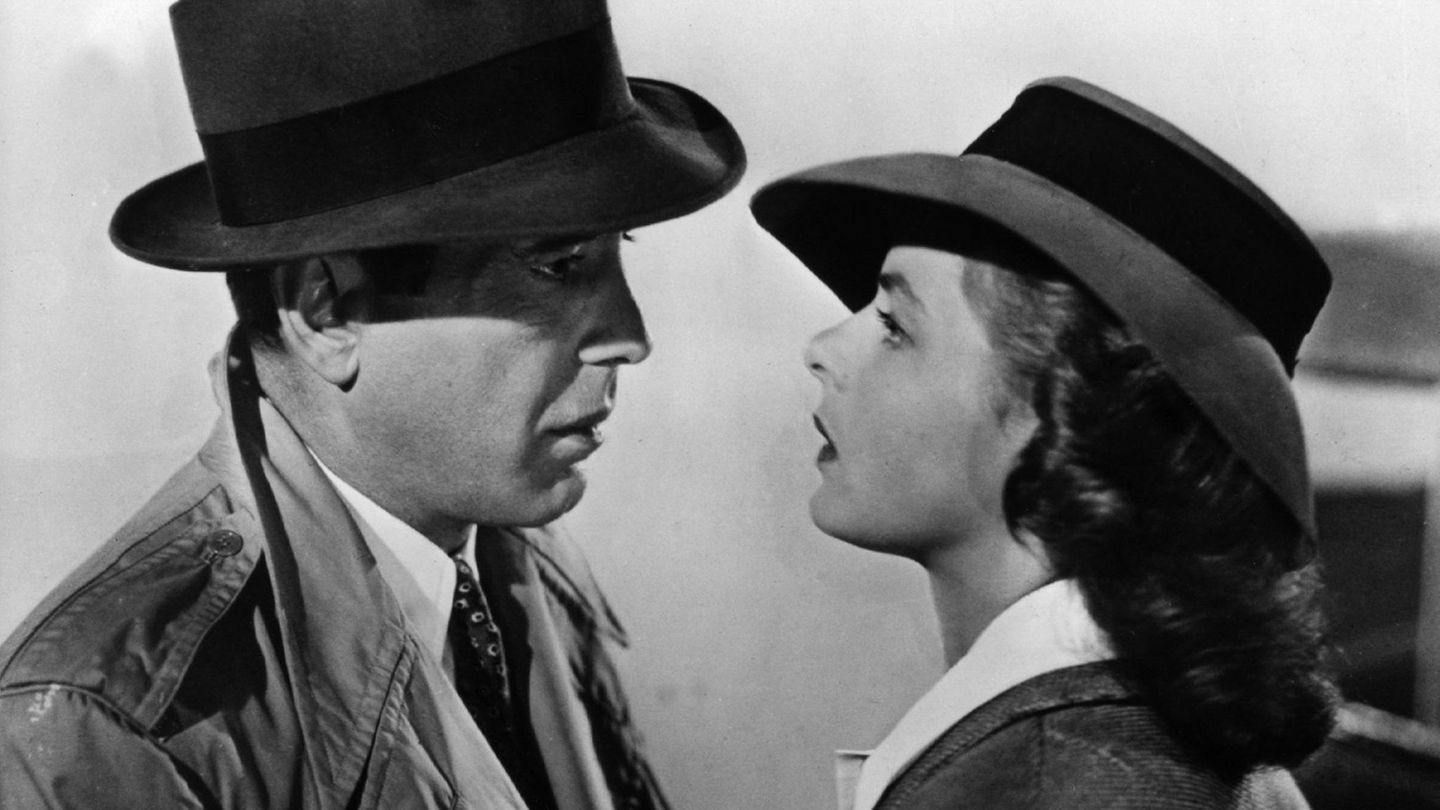
![Casablanca | film by Curtiz [1942] | Britannica](https://cdn.britannica.com/36/90536-050-5C560533/Humphrey-Bogart-Claude-Rains-Paul-Henreid-Ingrid.jpg)
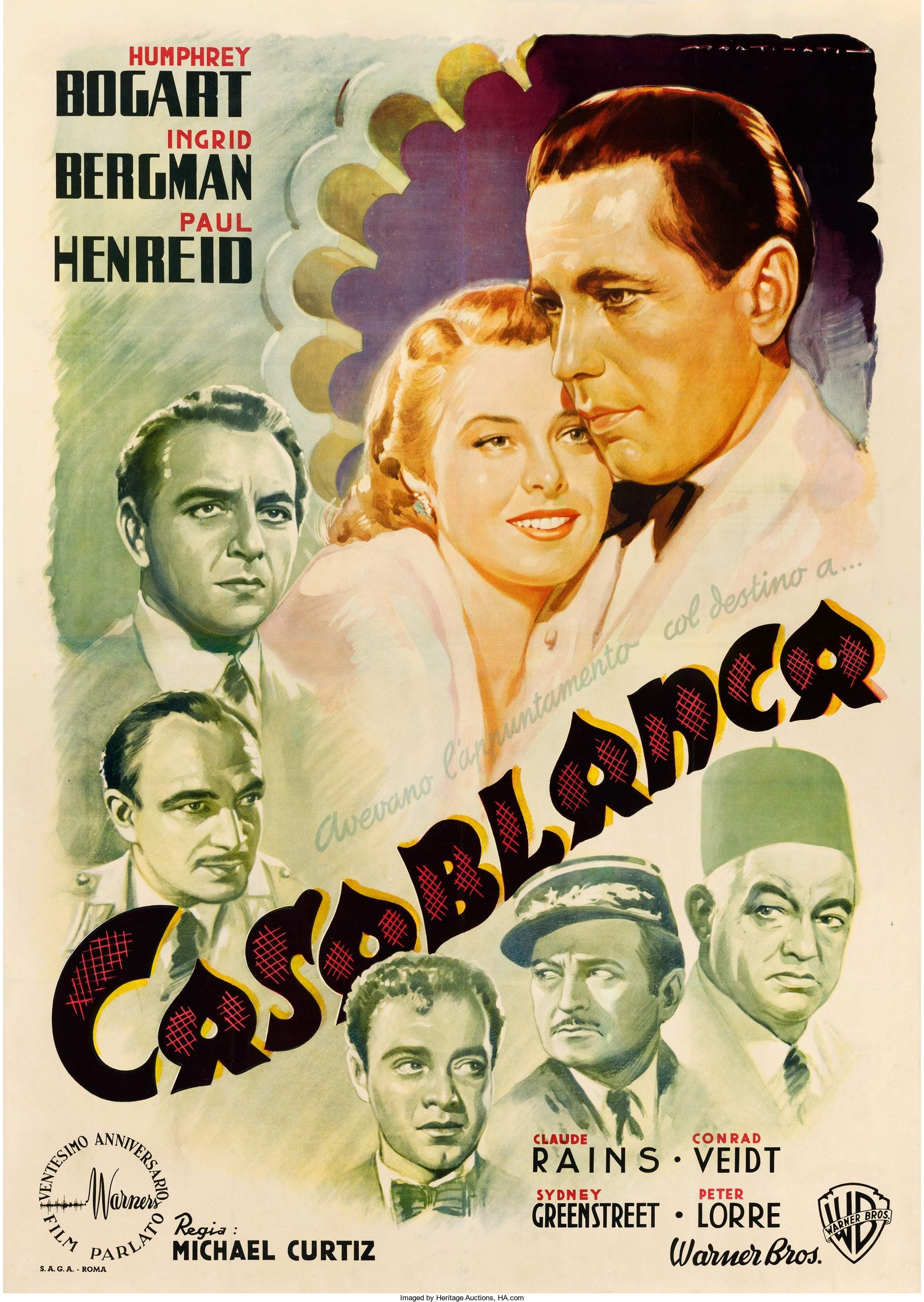
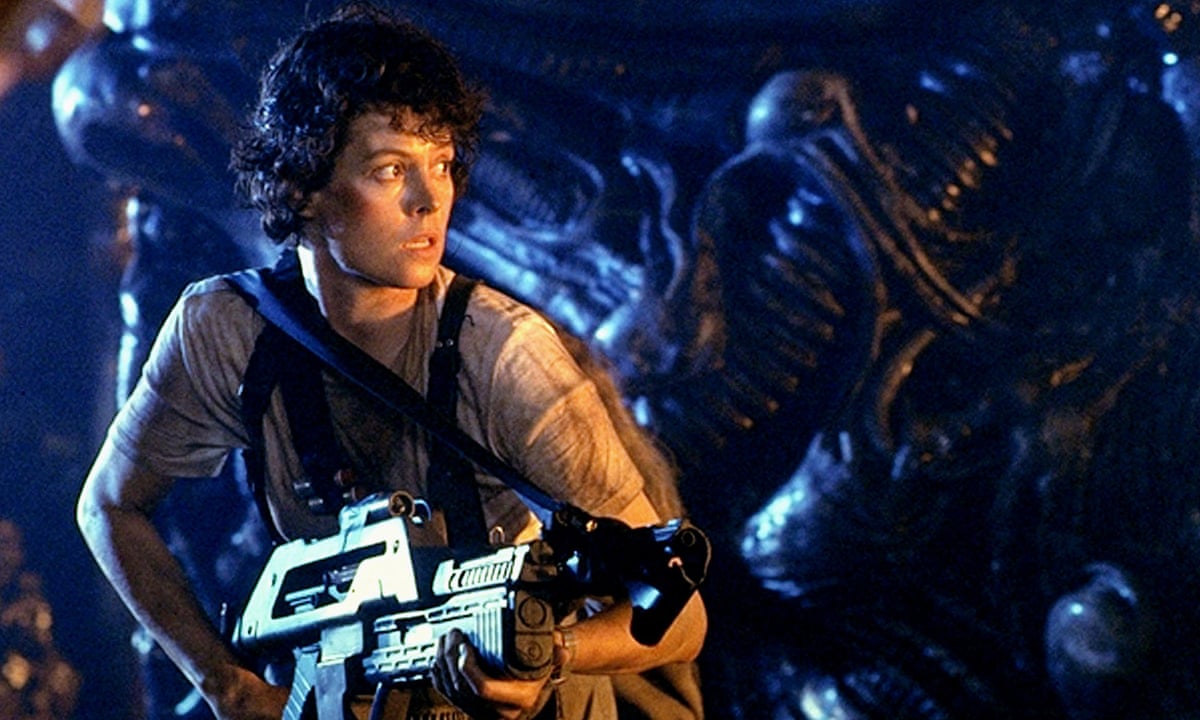
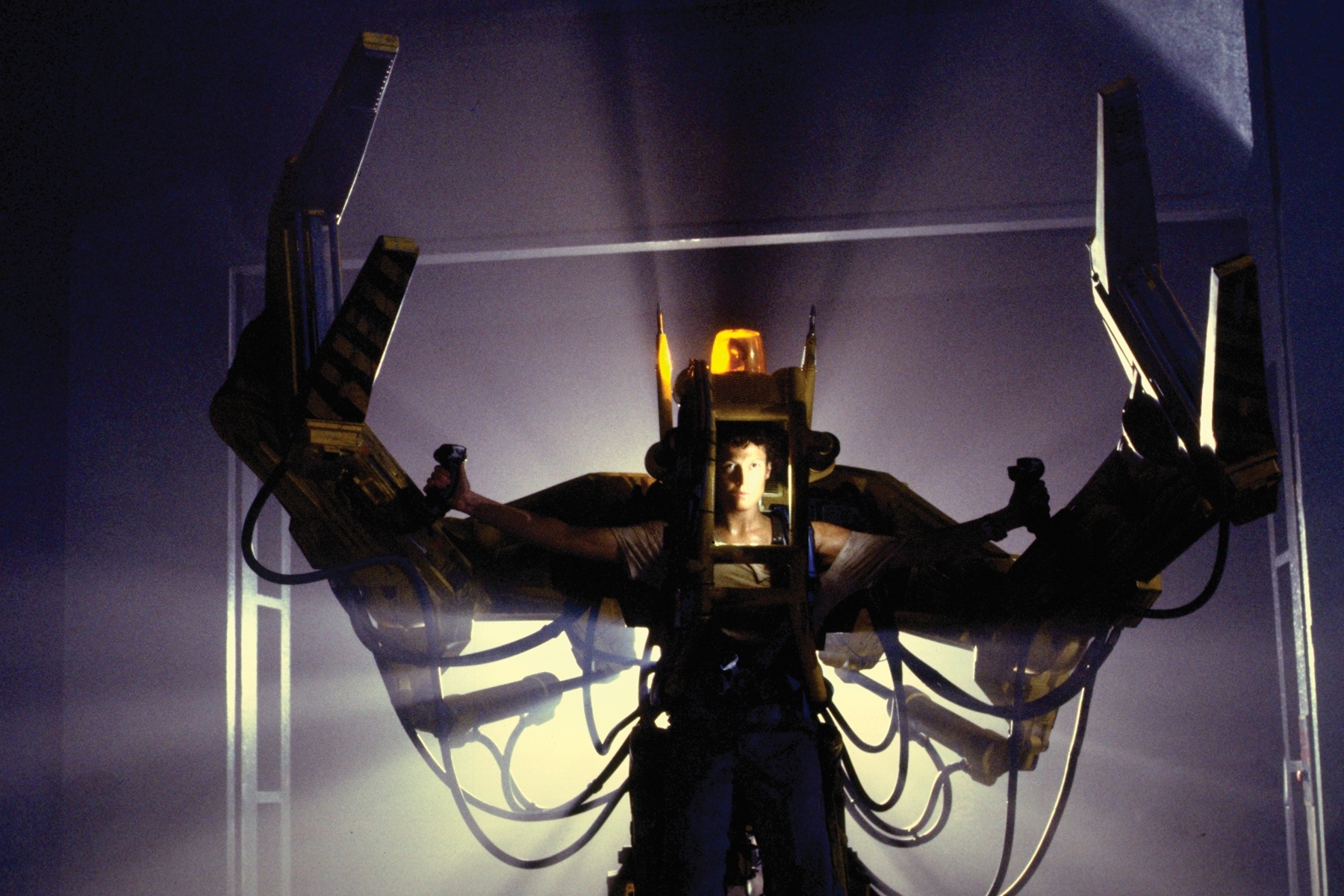


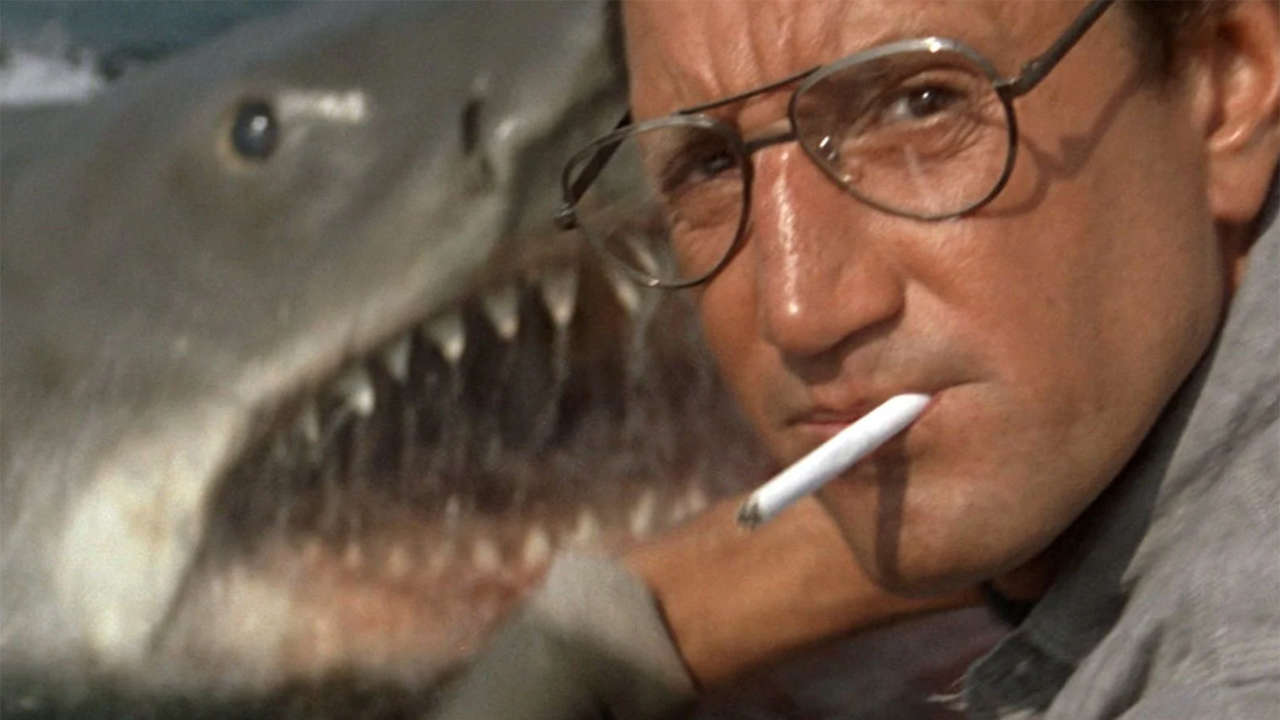
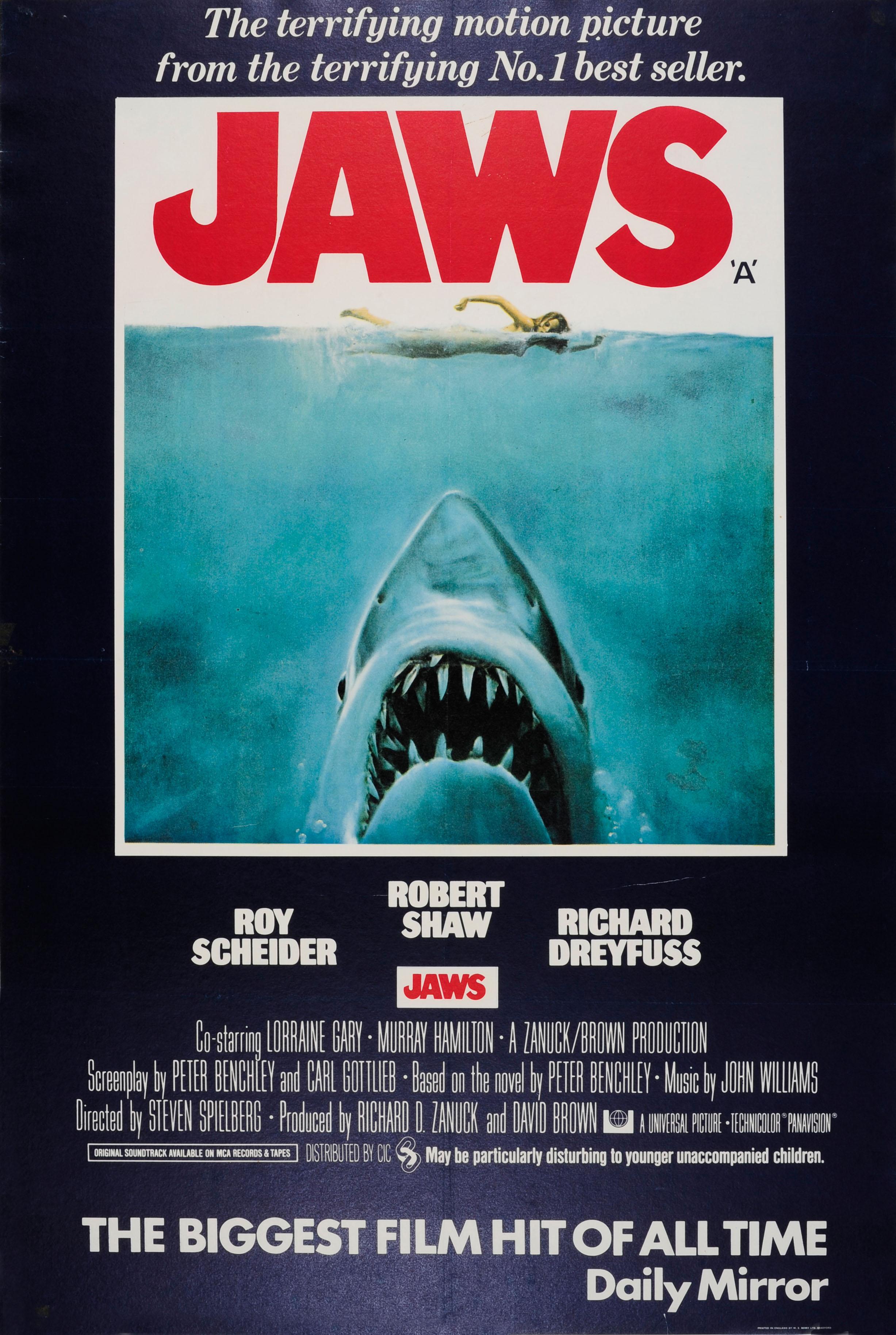
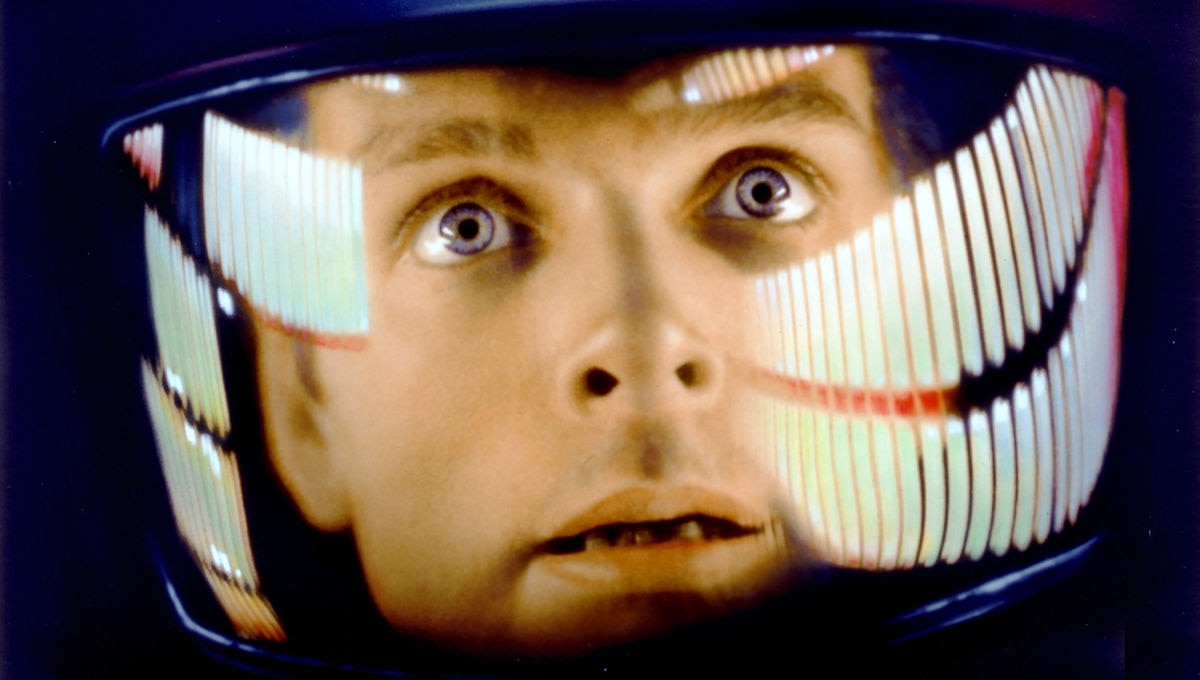
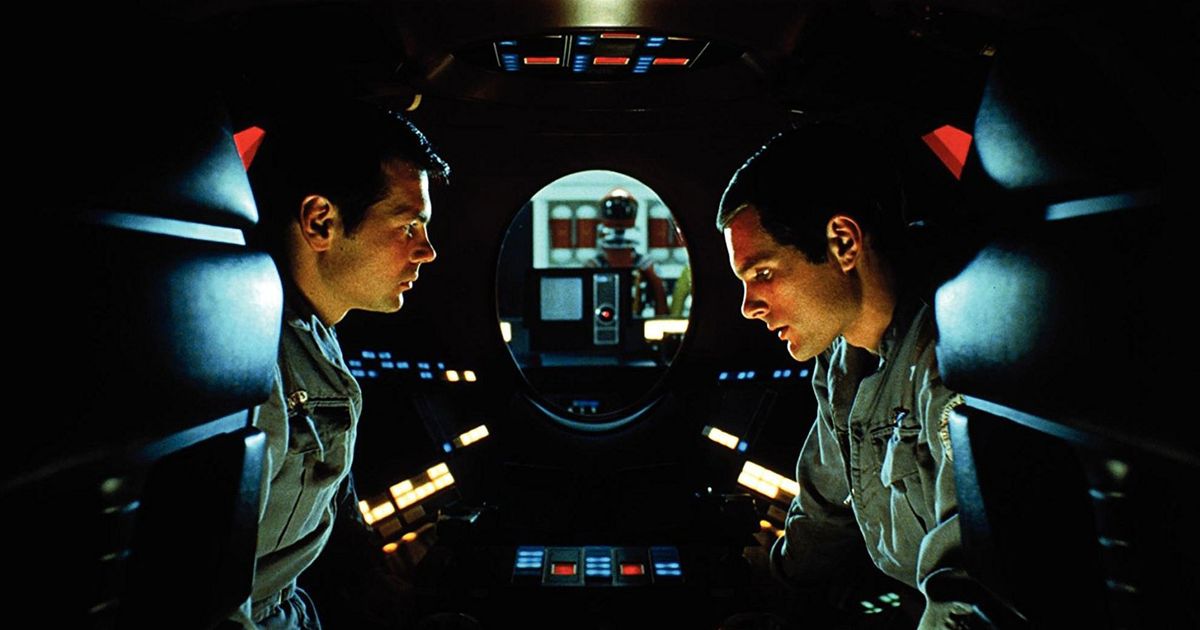


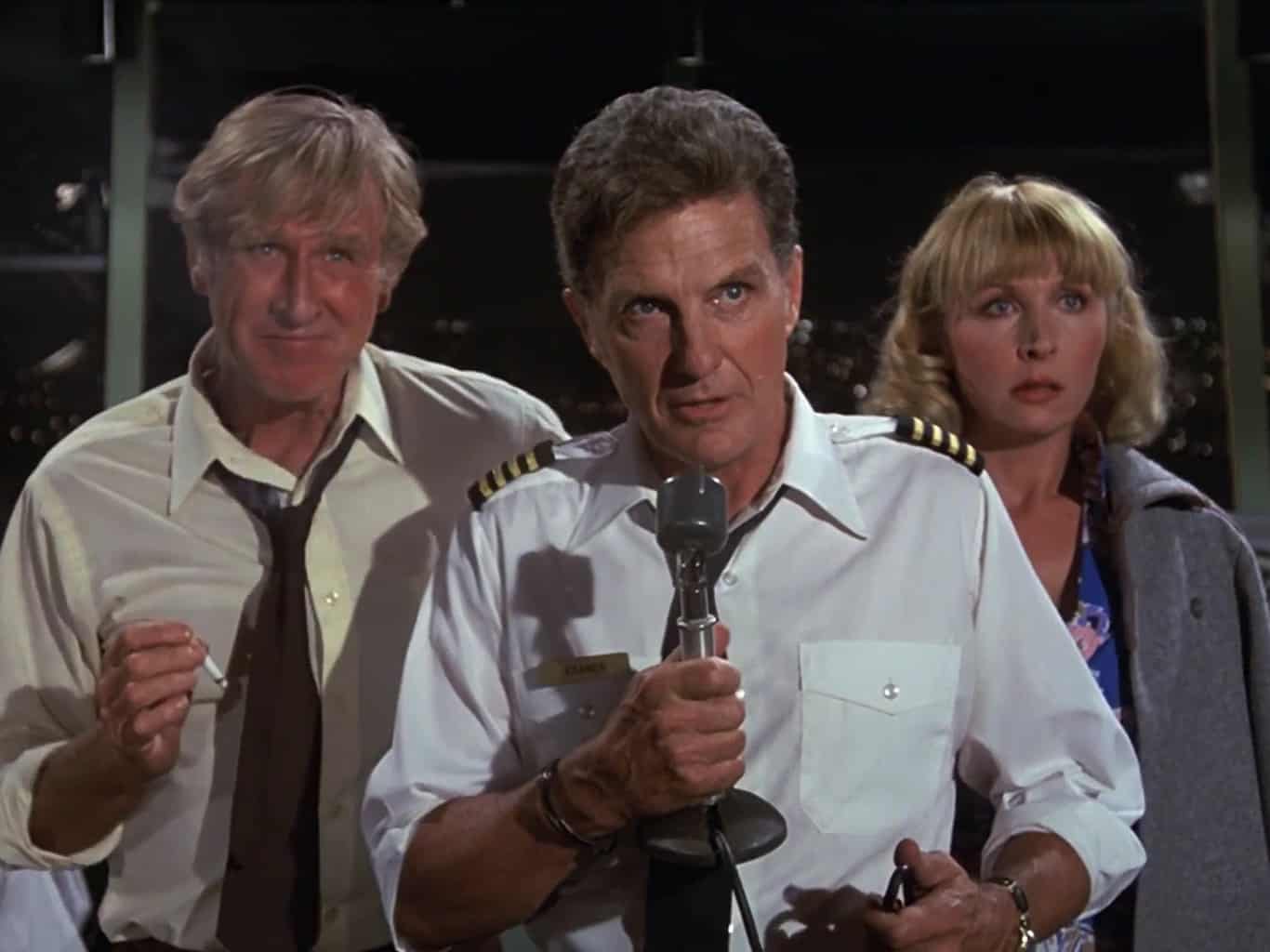

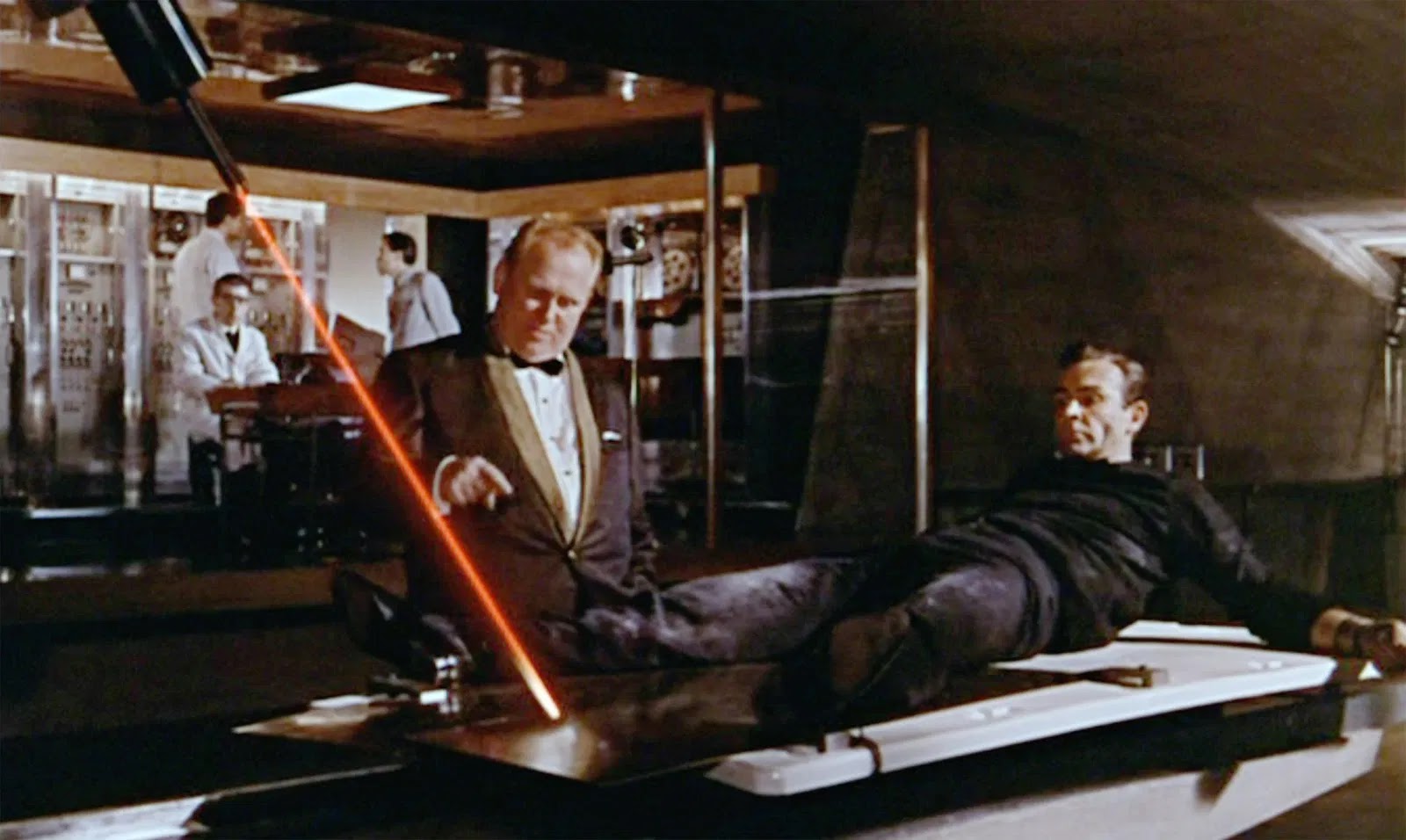
/cdn.vox-cdn.com/uploads/chorus_image/image/67718754/gfcomputer-goldfinger-lyrics-balloons-media-hdcaptures-red-106111.0.0.jpg)
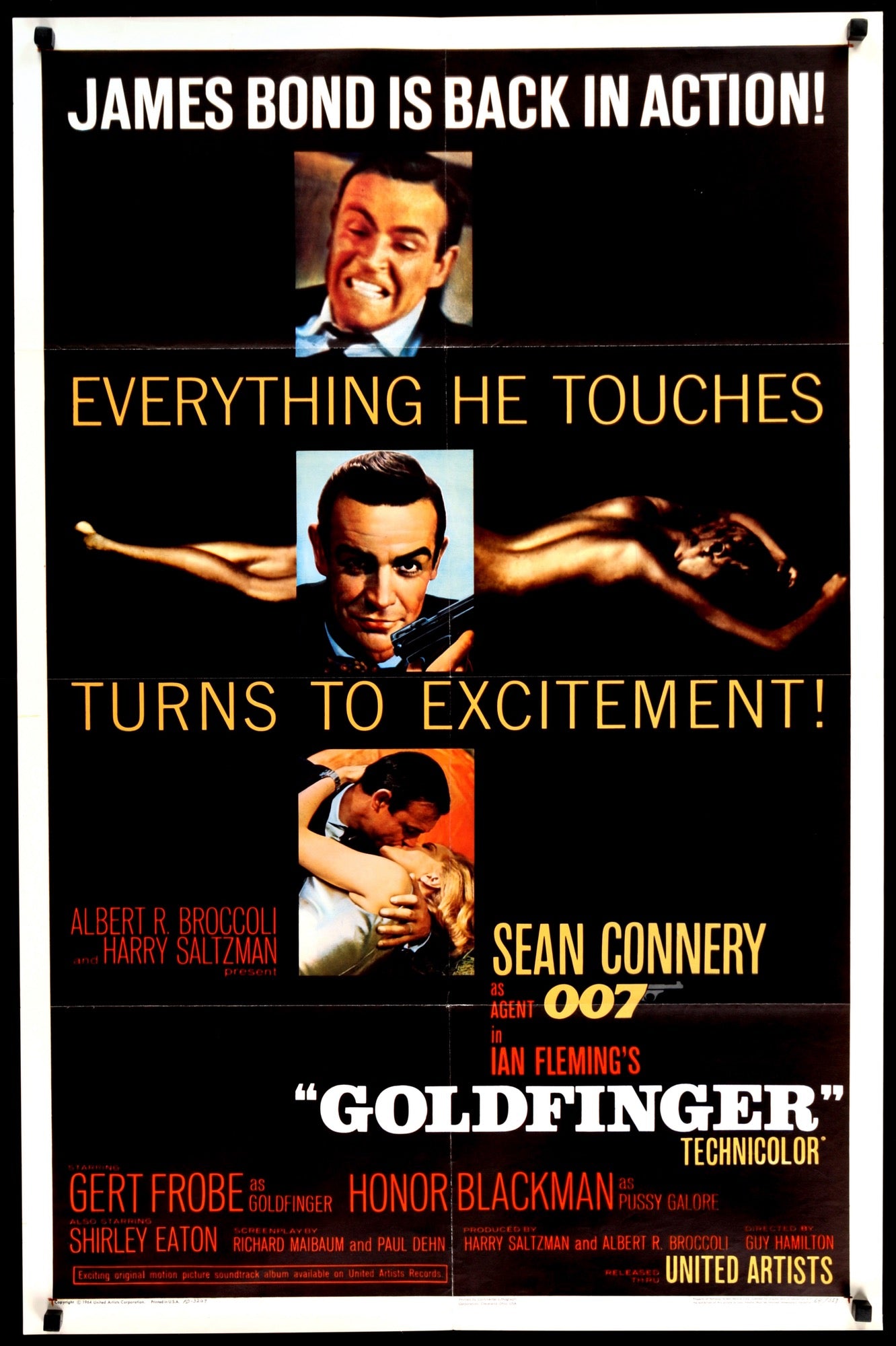
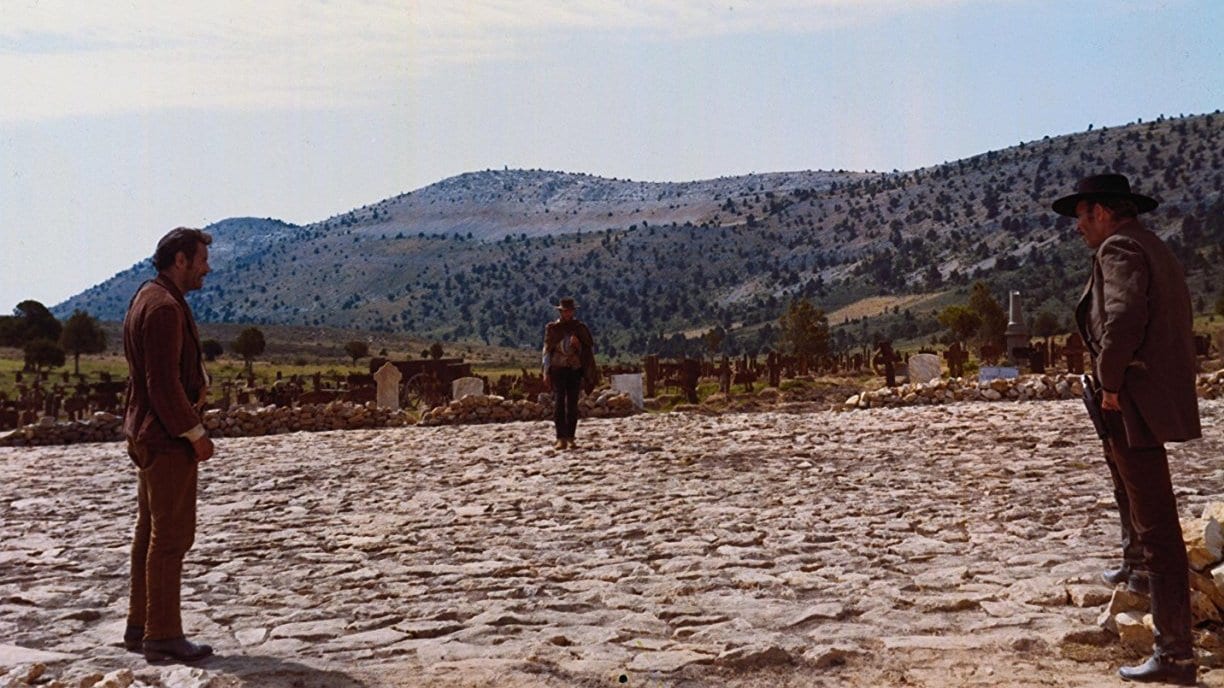
![The Good, the Bad, and the Ugly | film by Leone [1966] | Britannica](https://cdn.britannica.com/75/176475-050-C55DEEA6/Eli-Wallach-Clint-Eastwood-The-Good-the.jpg)

